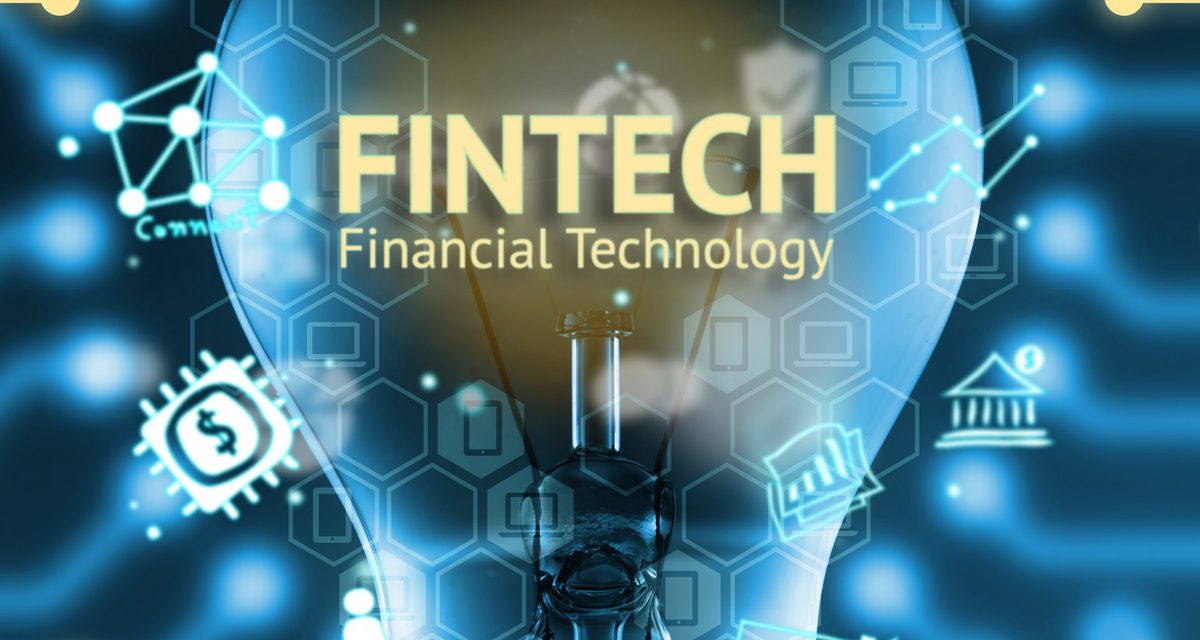
Financial Technology Trends to Watch
With fintech still in its infancy, the changes that lie ahead promise to be profound, and even revolutionary. Here are four financial technology trends to watch:
To view the full article please register below:
Financial Technology Trends to Watch
The number of fintech (financial technology) companies has soared from about 1,000 in 2005 to more than 8,000 in 2016, while funding during that same period ballooned to $78.6 billion, up from $5.5 billion.1 The intersection of finance and technology is leading to dramatic changes in consumer and merchant payment services, investment platforms and peer-to-peer lending. With fintech still in its infancy, the changes that lie ahead promise to be profound, and even revolutionary. Here are four financial technology trends to watch:
Fintech as Ally
Technology is often viewed as a disruptor. Conventional wisdom suggests that fintech applications will remove traditional lenders or financial advisors as intermediaries. Instead, many fintech companies may look to establish partnerships with traditional financial services providers to gain access to capital and a large existing distribution channel that will allow them to quickly gain traction.
The Sun Sets on Credit Cards?
Sixty-three percent of millennials don’t have a credit card.2 There are four major forces driving the growth of peer-to-peer payments:
• The digitization of money
• Alternative payment platforms, such as PayPal and Venmo
• Increasing payment functionality across consumer apps, such as Uber and OpenTable
• The growing ease of use
New Ways to Invest
Crowdfunding may be best known as a way to donate to a cause or as a rewards platform; soon, it may become an investment platform. The JOBS Act of 2012, along with subsequent amendments, was designed to allow small businesses to more easily obtain capital by permitting solicitation of investors via online portals. With the regulatory framework now in place, crowdfunding investing may soon become a major source of capital for emerging businesses.
Blockchain Spreads its Wings
Blockchain is conventionally viewed as a way to track transactions through the use of a shared digital ledger that can keep transactions tamper-resistant and error-free. When it is discussed, it’s generally about currency bitcoin and what it may mean for global banking.
However, blockchain’s impact may spread far wider. For instance, blockchain may be ideal for speeding up and untangling the mortgage process, which involves multiple players (e.g., lawyers, banks, title search companies, etc.) or for enabling an individual to arrange a car lease through the car’s own dashboard and drive away. Blockchain may even end up disintermediating Uber and Lyft by allowing ridesharing that can connect drivers directly with customers.
The eventual outcomes wrought by new technologies are never certain, but they are always interesting.
Sources:
1. https://www.entrepreneur.com/article/280402
2. “The Future of Finance, Part 3: The Socialization of Finance,” Goldman Sachs, March 2015
See referenced disclosure (2) at https://blog-dev.americanportfolios.com/disclosures/












